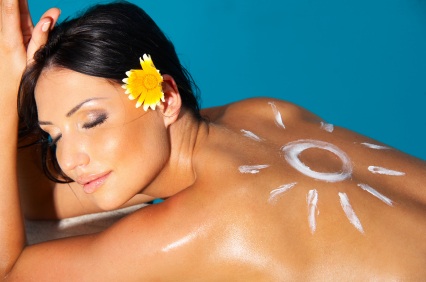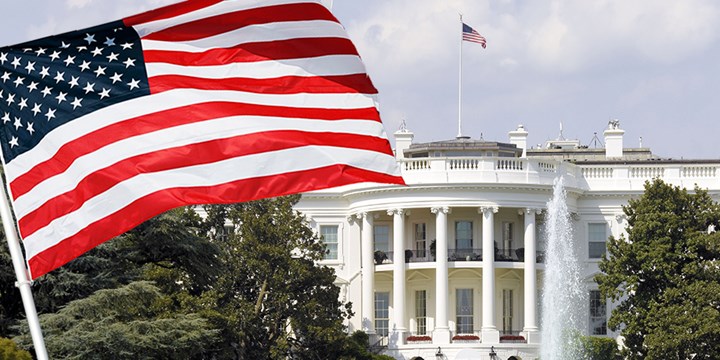ANH Medical Director looks at getting the balance right
by Dr Damien Downing MBBS, MIBiol, Medical Director
On Monday, Cancer Research UK released figures showing that cases of melanoma exceeded 10,000 in 2006, the last available figures. Predictably the media took this story and messed it up, producing headlines ranging from "More than 10,000 a year get skin cancer in quest for perfect tan" (The Times) to "Recession linked to skin cancer" (The Herald).
What Cancer Research UK actually advise people to do is mainly sensible, but it does go one step too far;
"Most melanoma skin cancers are caused by over exposure to UV rays given off by the sun and sunbeds. But, crucially, if people are careful not to redden or burn, especially if they have fair, freckly or moley skin then most cases of malignant melanoma could be prevented. "We advise people to enjoy the sun safely by spending time in the shade in the middle of the day, covering up with appropriate cool clothing and sunglasses and applying plenty of sun cream of at least factor 15."
So what are the facts?
Melanoma rates are rising, but you can’t explain it all by UV exposure. For a start they have been rising for too long; a study in 1970 found that, beginning with those born at the beginning of the last century, every successive cohort of people of the same birth year develops more melanoma, and developed it at an earlier age. That’s not just sunbathing or sunbeds.
Sunlight protects us from other more serious cancers — probably all of them, but certainly the big ones such as colon, prostate and breast. William Grant, formerly a climate scientist with NASA, has shown that the more sunlight there is where you live (in the USA) the less your risk of developing these cancers. He estimated that 23,000 Americans died unnecessarily each year from these cancers due to lack of sunlight.
98% of skin cancers are not melanomas, they are forms known as squamous cell and basal cell carcinomas. These are clearly linked to UV exposure, but they are rarely fatal because they can be detected so early. Back in 1936 a paper in the Lancet even suggested that we should give people these treatable kinds of cancers in order to protect them from the more deadly internal cancers. I’m not advocating this, but it would probably work.
Sunburning, when the skin goes red and perhaps sore, contributes to all skin cancers (but in a complex way), while suntanning probably protects against both skin cancers and cancers of internal organs such as bowel and breast. On balance the sun probably prevents many more cancers than it causes.
Environmental pollution is emerging as another likely cause of melanoma. After the Seveso incident in 1976, when large amounts of dioxins were released into the atmosphere in northern Italy, the local melanoma rate rose more than 10-fold. We are all exposed to lower but steadily increasing levels of such chemicals — pesticides, flame retardants and so on — and they are known to be toxic to the immune system. They probably double your risk of developing melanoma.
Nutrition is important; adequate levels of antioxidant nutrients such as vitamins C and E, and of omega-3 fish oils, protect against the inflammation and damage to the skin that can lead to cancer. Stocking up on these before a sun holiday can roughly double the amount of UV needed to burn the skin.
Probably the single most important nutrient, ironically, is vitamin D, which we are designed to get from sunlight. In northern Europe and USA, we are pretty much all deficient, certainly in winter. That’s why we developed pale skin, with less UV-screening ability, but nowadays we keep it indoors away from the sun.
Let’s look at the advice from Cancer Research UK, which uses the acronym SMART; our comments are in bold below each item.
- Spend time in the shade between 11am and 3pm
Yes if you’re in a sunnier place than Britain, or if you’re sun-exposed for the first time in a while, but on a British seaside holiday that would prevent you getting any UV at all. Peak sunlight here is usually at around 12.30; stay in the shade for 2 hours not 4, from 11.30 to 1.30, at first, and slowly decrease that.
- Make sure you never burn
Absolutely right
- Aim to cover up with T shirt, hat and sunglasses
No; overkill.
- Remember to take extra care with children
Of course.
- Then use factor 15+ sunscreen (sun cream)
No; as well as not preventing cancer according to several studies, some suncreams may actually promote it. If you must use a suncream choose an organic one from a reputable supplier and use it sparingly.
We would add a couple of other important points;
Your skin type is crucial. If you have ginger hair and freckles and only burn, never tan, then you should take much more care because your skin type makes you about twice as likely to develop skin cancer. If you are black or Asian in colouring, it’s the opposite; you need at least twice as much sunlight as a pale Brit and should increase your exposure accordingly.
For everybody, it’s chronic sun exposure we need — regular small doses year-round, and acute exposure we don’t — short bursts that cause burning. Regular sun builds up the top layers of the skin and protects, at the same time as giving us vitamin D.
When you can’t get sunlight it’s advisable to take a vitamin D supplement. Some foods are richer than others in this nutrient, such as fish oils and dairy products, but not enough to give us the high levels it is now known that we need.
Back to ANH Home Page
Back to ANH Campaigns








Comments
your voice counts
There are currently no comments on this post.
Your voice counts
We welcome your comments and are very interested in your point of view, but we ask that you keep them relevant to the article, that they be civil and without commercial links. All comments are moderated prior to being published. We reserve the right to edit or not publish comments that we consider abusive or offensive.
There is extra content here from a third party provider. You will be unable to see this content unless you agree to allow Content Cookies. Cookie Preferences